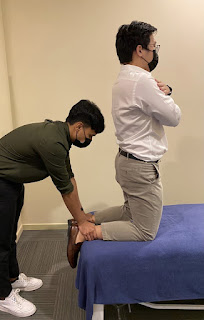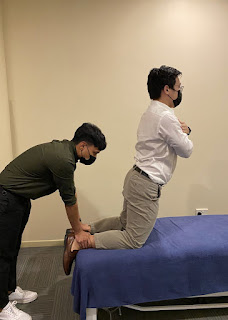 |
| ST 300419 |
Yes they do start running again a few days later. The legs feel pretty much recovered after a month or so. But they don't race again for the first six weeks. That's one day off for every kilometer they raced in the marathon.
And they just restrict themselves to them just two marathons a year. If not, they don't recover fully. That hampers their preparation for the next race.
Yes, you can read from the article above that the best marathoner in the world, Eliud Kipchoge limits himself to just two marathons a year. Are you running more than that in a year?
"All the team - the coaches, the medical staff - believe that if you run many marathons, then you can't run strong marathons.
We prepare well, plan well, then run a beautiful marathon. Then come back, relax, prepare well and plan again.
The training is intense. Those running five a year, I want to meet them and ask them to describe their training.
It takes three, four months to make your mind cool and confident. You need to be ready in your head. To feel inspired.
The mind drives the body. The body can't drive the mind. If the mind is tired, you are done and when you train, you hit the wall often."
I rest my case.
Go and have a look. The article is in page C8 in today's Straits Times, under the Sports section, taken from The Guardian.















